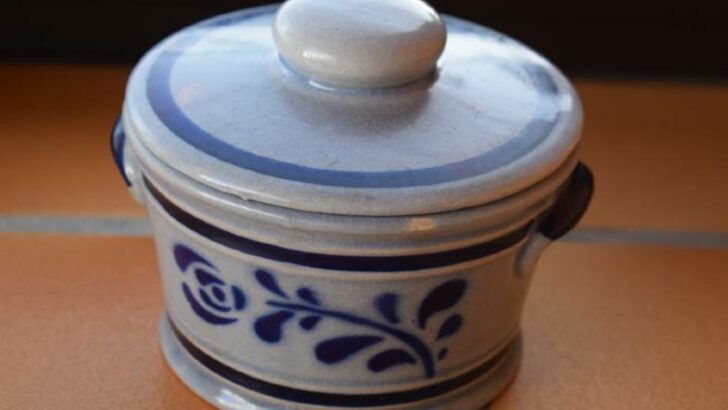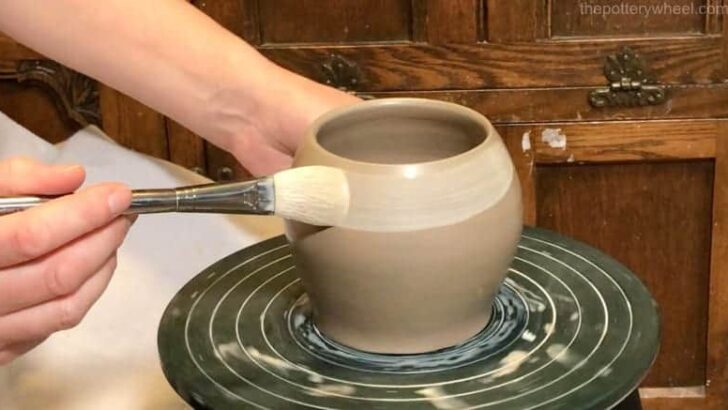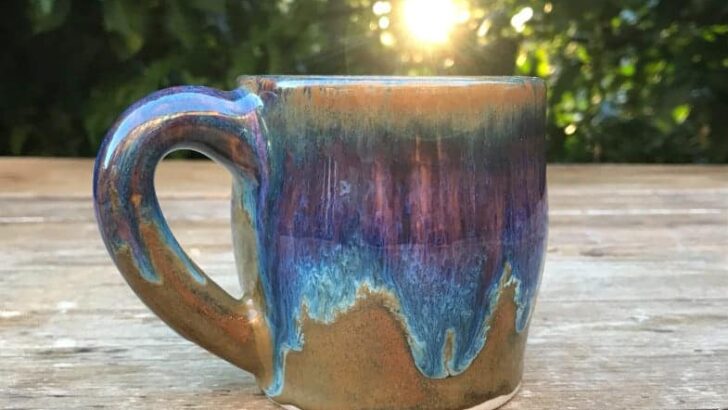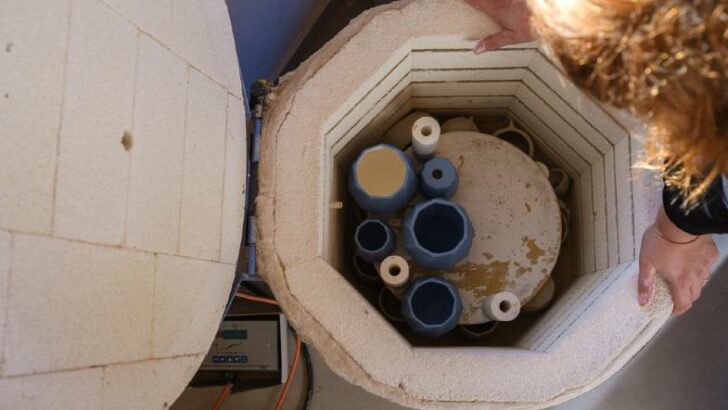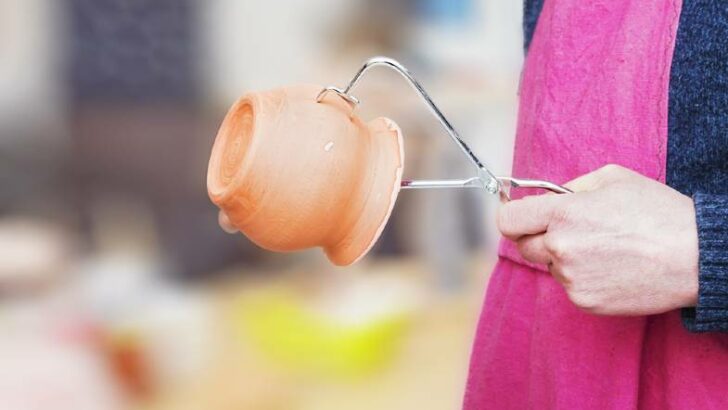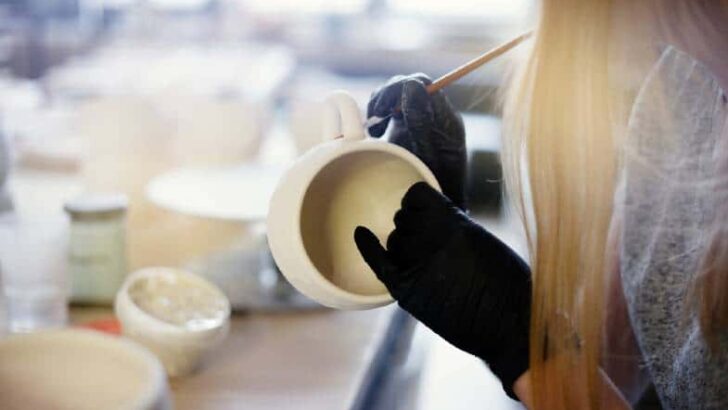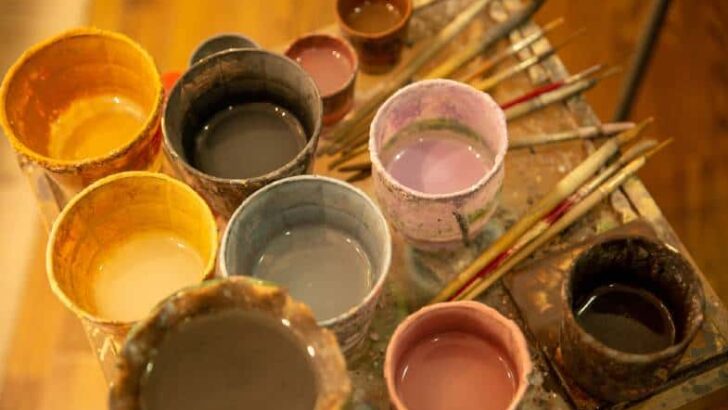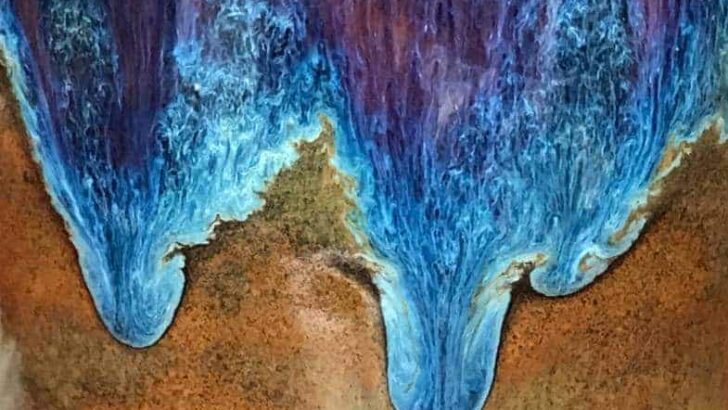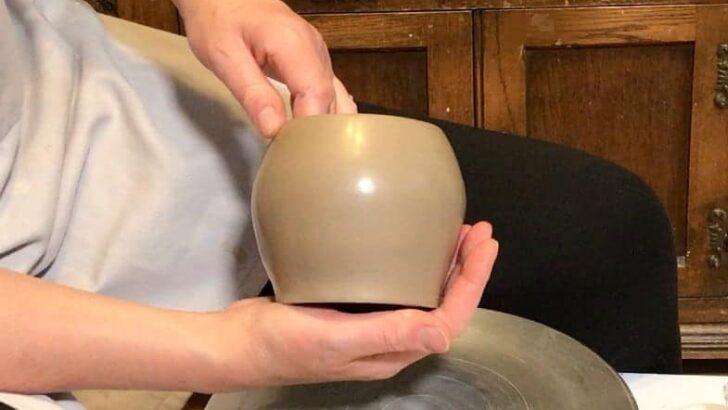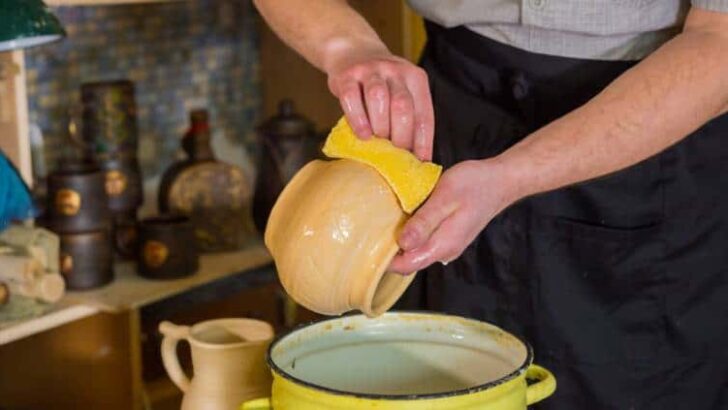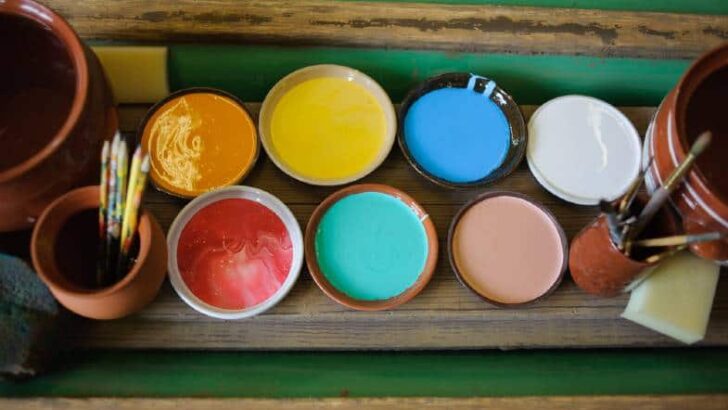Your cart is currently empty!
Glazing & Decorating
How to Identify Salt Glazed Pottery – Key Features & Marks
If you are involved in the pottery field – whether as a potter yourself or lover of fine things – you would have come across quite the number of designs and finishes. From the terra sigillata to salt-glazed pottery, these units bring different things to the table. Salt-glazed pottery is usually characterized by its German…
Is Terra Sigillata Food Safe? – Or Is It Purely Decorative?
Terra sigillata has long been in use by potters who continue to push the limits of what’s possible. This low-fire clay method is best applied when potters are trying to achieve a fine, smooth finish on the outside of their products without glazing. But then, that begs the question – is terra sigillata food safe?…
Can You Use Decorating Slip on Bisque? – Slip on Bisqueware
I recently made a lovely red terra cotta vase, and bisque fired it. I was wondering what glaze to use when it occurred to me that a nice white slip would look good. But I had already bisque fired it and I wondered, can you apply decorating slip to bisque. So, I did a little…
4 Potter’s Choice Glaze Problems – And How I Solved Them
I really like the look of flowing glazes, so when I first saw the Potter’s Choice range, I loved them. When I began to use them, I had a few difficulties and I wasn’t getting the results I wanted. With a bit of research, and with trial and error, I have worked through these. Here…
Can you Refire Underfired Glaze? – Rescuing Your Pots
A lot of heart and soul can go into making your pottery. So, it can be gutting when your glaze doesn’t turn out how you wanted it to. If your glaze is underfired, you might be wondering if you can do anything to salvage your work. The question is, can you refire underfired glaze to…
How to Glaze Pottery at Home – With or Without a Kiln
If you are starting your pottery journey, you may be wondering just how to glaze pottery at home. Is it possible? What are your options? You will be pleased to know that it is completely possible to glaze pottery at home. This article is all about the different ways to glaze pottery both with and…
How Long Should Glaze Dry Before Firing? Drying Glaze
When I first started glazing my own pottery, I wondered how long should glaze dry before firing? I was well aware that greenware can explode in the kiln if it is fired when damp. But what about glazed bisque ware? Glaze contains water, so does that water need to be given time to evaporate before…
Can you Add Water to Glaze to Make it Thinner?
With time pottery glaze can dry out. The water content will evaporate and the glaze can either become too thick to apply. Or it can even become a bit hard and crusty, like old paint. The question is, can you add water to glaze to make it thinner? After all, glaze, particularly commercially made glaze,…
Can you Mix Different Types of Glaze? – Combining Glazes
I sometimes find myself in a position where I don’t have the exact color glaze that I want. Recently I wondered if I could mix different types of glaze together and what would happen. So, I looked into the question of combining glazes and this is what I have found…. You can mix different types…
Burnishing Clay – 3 Ways of Burnishing Pottery to Perfection
Burnishing clay is a technique that gives pottery a smooth soft sheen without using a ceramic glaze. It involves rubbing the clay with a hard object, like a smooth pebble or the back of a spoon. The rubbing action compresses down the surface particles of clay, aligning the clay platelets. This creates a reflective surface.…
Can You Wash Glaze off Bisque Pottery?
There is lots of scope for things to go wrong when you apply glaze to pottery. You can mess up your glaze design, apply the glaze too thick, or even apply the wrong glaze. If your glazing has gone wrong, you’re probably wondering if you can wash glaze off bisque pottery and start again. Fortunately,…
Mixing Underglazes – What Can You Mix with Underglaze?
Over time I have collected a wide range of underglaze colors and brands. Nevertheless, I still sometimes find that don’t have the exact color I want. And I found myself wondering about mixing underglazes. Questions came up for me like whether you can mix underglaze colors? What about mixing different brands of underglaze? And can…

